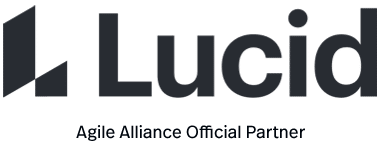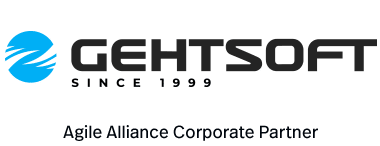An Agile team frequently releases its product into the hands of end users, listening to feedback, whether critical or appreciative.
Precisely how frequent is desirable varies according to the technical and business aspects of the context, but in general one release every four to six iterations would be considered a maximum.
In favorable technical contexts, such as Web development, a more frequent rhythm of release can be achieved, such as every iteration. Some teams push this practice to its limit of continuous deployment.
Common Pitfalls
- showing the latest version of the product to a project or product manager for “testing” is not sufficient; nor is turning a version over to a quality assurance team; a “release” in this sense should be at the least a beta version evaluated by representative users
- in some cases (such as embedded software) it will not be possible to arrange for frequent release to “all” users; this should not be a pretext to give up on frequent release to “some” users (pilot sites, volunteer beta testers, etc.)
Expected Benefits
Setting up for frequent releases “from the early stages of the project” is a cornerstone of Agile’s risk reduction approach:
- it mitigates the well-known planning failure mode of discovering delays very late
- it validates the product’s fit to its market earlier
- it provides earlier information about the quality and stability of the product
- it allows for a quicker return on the economic investment into the product




